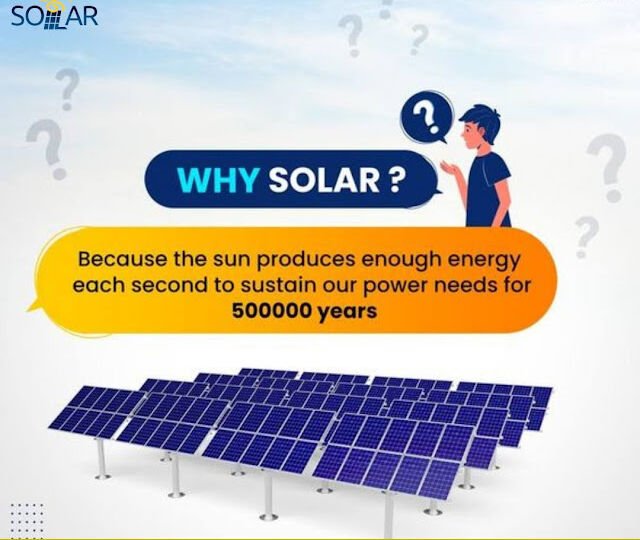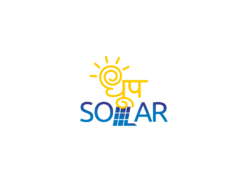

Here’s a closer look at what goes into making a solar panel:
1. Tempered Glass – The Protective Layer
The tempered glass on the top of a solar panel serves as its protective shield. It is designed to withstand the elements—rain, snow, hail, and dust—while still allowing sunlight to pass through and reach the solar cells. Tempered glass is not only durable and impact-resistant but also transparent, ensuring optimal light absorption and energy conversion. It is a key component for enhancing the solar panel’s longevity and efficiency, making it ideal for long-term use in varying environmental conditions.
2. Aluminium Frame – The Sturdy Structure
The aluminium frame provides structural support and stability to the solar panel. Lightweight yet strong, aluminium is corrosion-resistant, making it perfect for outdoor use. The frame helps secure the solar cells and protects the delicate components inside. It also ensures that the solar panel can be easily mounted on rooftops or in other outdoor installations. With its ability to resist rust and wear over time, the aluminium frame plays a significant role in maintaining the durability of your solar panel.
3. Solar Cells – The Heart of the Panel
The solar cells, also known as photovoltaic (PV) cells, are the core components of any solar panel. These cells convert sunlight into electricity using the photovoltaic effect. Made primarily from silicon, solar cells generate direct current (DC) electricity when exposed to sunlight. The number and quality of solar cells in a panel determine its energy output. High-quality solar cells ensure better efficiency, which means more energy production from your solar system.
4. Encapsulant (EVA) – Protecting the Solar Cells
The encapsulant, typically made from a material called EVA (Ethylene Vinyl Acetate), is a transparent layer that surrounds the solar cells. It serves multiple purposes: protecting the solar cells from environmental damage, enhancing the efficiency of light absorption, and allowing the panel to be durable and weather-resistant. EVA helps secure the solar cells in place while providing an additional layer of protection against moisture, dust, and temperature fluctuations.
5. Back Sheet – The Protective Back Layer
The back sheet is the final protective layer of the solar panel, located at the bottom. It is typically made of durable plastic or other materials that are resistant to UV radiation and weathering. The back sheet prevents moisture and dirt from entering the panel and provides electrical insulation for the solar cells. This layer plays a critical role in ensuring the safety and longevity of the solar panel while also contributing to its overall efficiency.
6. Junction Box – The Connection Hub
The junction box is where the electrical connections are made. It is mounted on the back of the solar panel and houses the wiring that connects the solar cells to the inverter. The junction box also protects the electrical components from external damage and prevents water and dust from affecting the connections. This small but essential part ensures that the energy generated by the solar cells is safely transferred to your electrical system.

